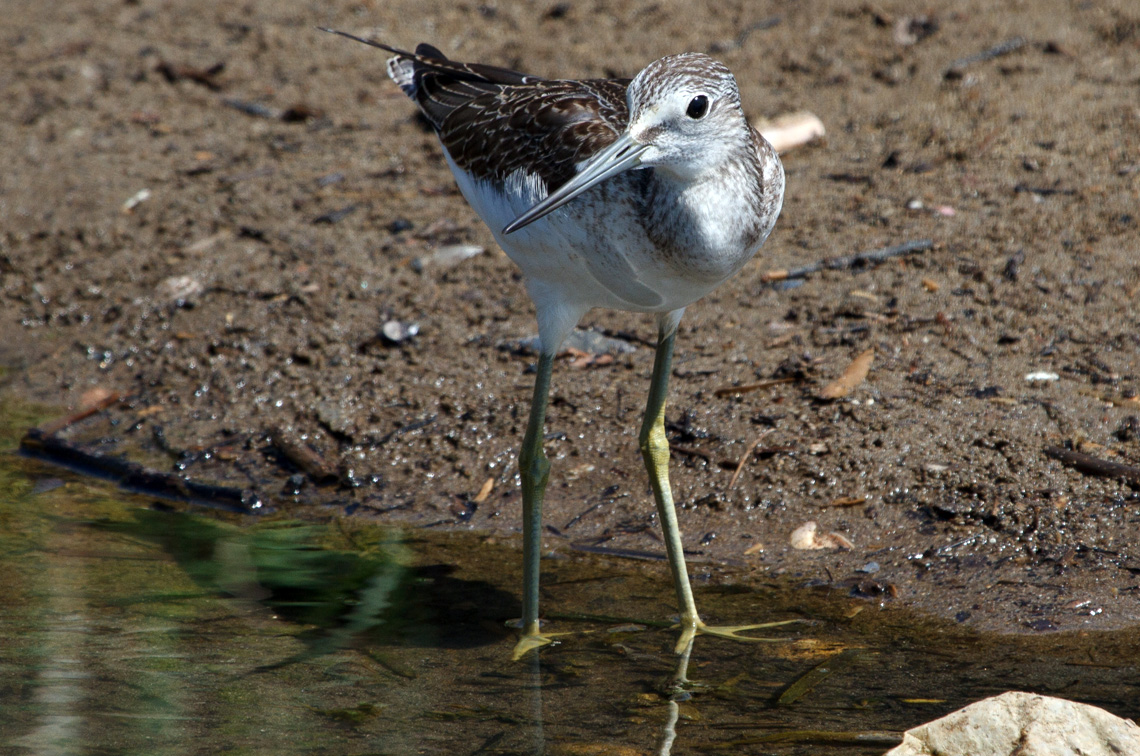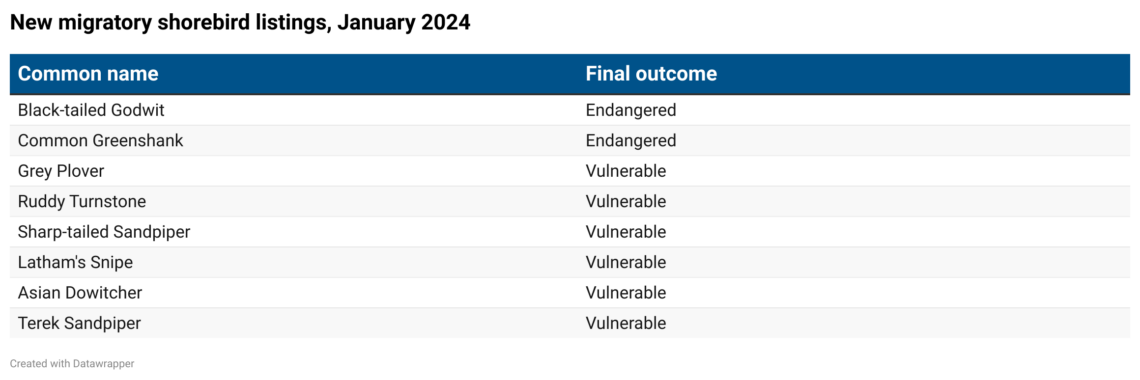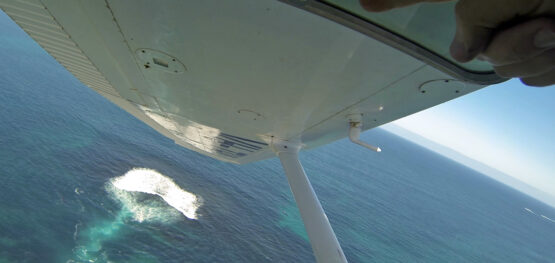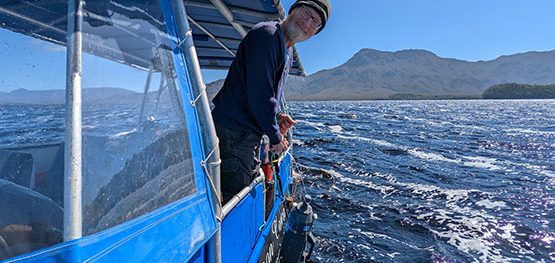Article
25 March 2024
In January 2024, eight migratory shorebird species were added to Australia’s threatened species list, prioritising expanded investment in recovery efforts along Australian and international migratory pathways.
The new listings were guided by population trend estimates created in a Marine and Coastal Hub project co-designed with the Department of Climate Change, Energy the Environment and Water (DCCEEW).
The hub project, led by Professor Richard Fuller of The University of Queensland, focussed on 15 migratory shorebird species whose conservation status was being reassessed by the DCCEEW and the Threatened Species Scientific Committee.
Dr Mark Carey is Assistant Director International Environment, Reef and Oceans Division, International Environment Branch, Migratory Species Section at DCCEEW.
He said that maintaining up-to-date information on species trends is critical to ensuring populations have the best chance of recovery and resources are allocated where they are most likely to have the greatest positive impacts.
“We worked closely with Rich Fuller early in the design phase so he understood our needs and timelines,” Dr Carey said.
“Rich listened carefully and responded to our requirements, took that information onboard and drafted the project scope. Early and regular consultation was the key to delivering a project that met our needs and enshrined a strong pathway to impact.
“Without this project and subsequent results, we wouldn’t have been able to do the listing assessments that have given these species further national protection as matters of national environmental significance.”
Prof. Fuller said it was very rewarding being able to create science that feeds directly into governmental decision-making.
“The two-way collaboration fostered by the Marine and Coastal Hub vastly reduces the time between discovering declines in our biodiversity and having that recognised through threatened species listings,” he said.

Conservation along migratory routes
Dr Carey said that wetland habitat loss and degradation was a significant threat to migratory waterbirds, and the conservation of important sites in Australia and along their migration routes was essential to their survival. The project findings and new listings provide a mandate to discuss important issues in several international forums with countries along the East Asian – Australasian Flyway.
The Australian Government fosters conservation of migratory shorebirds through a range of international agreements. These include bilateral migratory bird agreements with Japan (JAMBA), China (CAMBA) and the Republic of Korea (ROKAMBA), the Convention on the Conservation of Migratory Species of Wild Animals (CMS), the Ramsar Convention on Wetlands and the Agreement on the Conservation of Albatrosses and Petrels (ACAP).
“The hub project report and listing changes provide evidence that efforts to conserve shorebird habitat around Australia, and elsewhere in the flyway, must intensify if we want to halt the ongoing declines and commence recovery,” Dr Carey said.
“Careful analyses of the threats along the flyway need urgently to be made so that species-specific conservation actions can be identified, especially in a post-land-reclamation era where a broader range of threats now needs to be tackled, such as unsustainable and illegal hunting.
“Australia will use the results of the research as a central discussion topic at the upcoming bilateral migratory bird agreement consultative meetings with Japan, China and the Republic of Korea later in 2024.
“Australia will also continue to explore opportunities to address critical threats to migratory birds in the East Asian – Australasian Flyway through the Convention on the Conservation of Migratory Species of Wild Animals including through addressing the illegal and unsustainable taking of migratory birds, wildlife disease and infrastructure developments.
“Hopefully these discussions result in on-ground actions and deliver an improved trajectory in the years to come.”

Mixed findings raise concerns
The new listings apply to the Grey Plover, Black-tailed Godwit, Ruddy Turnstone, Sharp-tailed Sandpiper, Latham’s Snipe, Asian Dowitcher, Common Greenshank and Terek Sandpiper.
The broader results of the hub project were both encouraging and alarming, with different species having different rates of decline. Several species demonstrated a slowdown of their declines, with some species even having slight increases recorded.
“It’s never easy to see more species added to the threatened list, but it’s often a necessary first step towards their recovery,” Prof. Fuller said.
A follow-up hub project (Project 4.17) will focus on supporting the recovery and management of migratory shorebirds in Australia.




